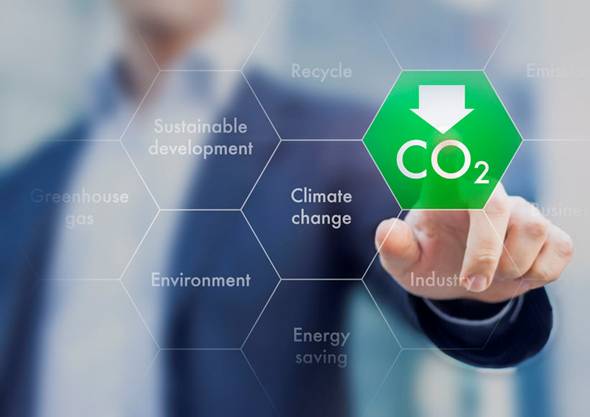
With the growing trend towards sustainability worldwide, companies of all sizes are not only being held responsible for their environmental impact, but also for their treatment of employees.
Monitoring and minimizing your carbon footprint is beneficial not only for the earth, but it may also improve your brand image. It attracts environmentally friendly clients and reduces operational expenses.
This article will explore various strategies for tracking the carbon emissions generated by your business. That’s not all, you will also learn practical ways to reduce and manage them.
Tips for Tracking and Decreasing the Carbon Emissions of Your Business
One of the tools organizations use to measure their carbon emissions is the Greenhouse Gas Protocol, also known as the GHG Protocol. The GHG protocol was established 35 years ago, precisely in 1990. Here is your kick-start guide, and below are some effective tips.
Learn about your carbon footprint
Start with the determination of three scopes of emissions:
Scope 1: Direct emissions from owned sources, such as company vehicles, fuel combustion on the premises.
Scope 2: The indirect carbon footprint of the electricity, heating, or cooling that is purchased.
Scope 3: Indirect chain emissions like commuting of the employees, business travel, and lifecycle emissions of products.
A thorough carbon audit will provide a clearer understanding of the sources of emissions.
Apply carbon accounting tools
Utilize software platforms and tools to assist in monitoring and measuring carbon emissions. Several of these sites can enable you to enter energy consumption, transportation information, and purchasing operations to estimate the total amount of emissions across all scopes. Such tools are needed in baselining and determining reduction targets.
Establish SMART emission reduction targets
Achieve Specific, measurable, Achievable, Relevant, and Time-bound goals. For example, a 25 percent reduction in Scope 2 emissions can be achieved within two years by shifting to renewable energy sources. These ease progress and accountability monitoring:
Put in place reduction measures
Some practical reduction techniques of emissions are:
Utilize renewable energy sources, such as wind or solar, in your buildings and facilities.
Replace equipment with energy-efficient equipment.
Encourage working outside the office or facilitate the use of public transport and bicycles.
Intervene through optimization of logistics with the objective of cutting down on fuel consumption during transportation.
Reduce waste and use the principles of the circular economy.
Motivate workers and stakeholders
Train and engage your staff in sustainability. Promote sorrow-free behaviors in the workplace and share milestones. Additionally, share your plan for reducing carbon with stakeholders to establish transparency and trust.
Compensate residual emissions
Other emissions cannot be avoided despite the best efforts. Neutralize your residential footprint through credible, low-emission projects such as reforestation, renewable energy, or methane capture.
Monitor, report, and enhance
Monitor your improvement regularly and update the sustainability reports on your site. Apply new knowledge acquired by systematically upgrading and enhancing your emission reduction strategies.
Conclusion
Monitoring and minimizing carbon emissions are crucial in sustainable business practices. By adopting an orderly approach, leveraging technology, fostering a green-minded mentality, and following recommendations made by B Corp, your company will not only make a genuine contribution but also remain competitive within a green economy.





